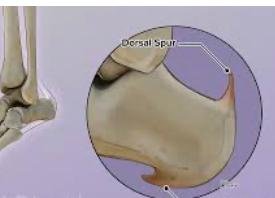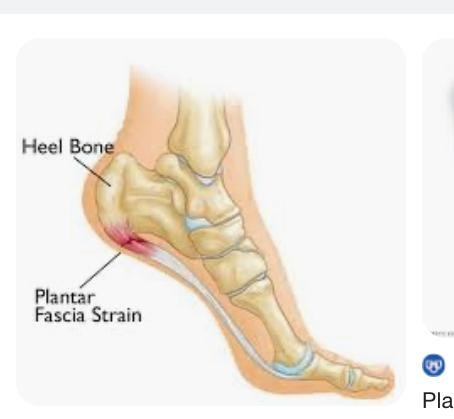Ankle And Foot Arthroscopy
- Home
- / Ankle And Foot Arthroscopy
Dr Rohan Bansal performs the least aggressive and most advanced techniques in arthroscopic and open ankle and foot surgery.
INDICATIONS OF Ankle And Foot Arthroscopy

Osteochondritis dissecans talus

Soft tissue injuries

Ankle Arthrodesis

Os trigonum

Haglund deformity

Percutaneous foot surgeries

Ankle fractures
PERCUTANEOUS BUNION SURGERY
WHAT IS IT?
The development of a new technology allows the foot to be intervened without opening it, making a few simple three-millimeter incisions that allow the patient to walk off the operating table. This type of advance in surgery has been called “percutaneous bunion surgery” known in popular culture as “laser bunion surgery”.
HOW IS THE TECHNIQUE?
The current horizon of surgery is to provide patients with minimally invasive techniques that are equal to or more effective than classic open surgeries, providing the benefits of a faster recovery and incorporation into their activities with less aggression for the body and the organ. or intervened area. Using this technique, the patient can be operated on bunions and other foot pathologies and walk. Anesthesia: It is performed with locoregional anesthesia and works with 2-3 mm incisions through which microsurgery instruments are inserted to make the bunion disappear and realign the bones
Postoperative
The patient can walk from the first moment the intervention is finished, although with shoes specially designed for this type of surgery that should generally be used for between 3 and 6 weeks. Subsequently, and for 2 months, he must wear wide and rigid shoes until the foot recovers.
Other pathologies susceptible to correction by percutaneous surgery

Hammer toes and other foot deformities

Calcaneal spur

Plantar fasciitis

metatarsalgia

Intractable calluses
Advantages over classical surgery
- The procedure is performed under local anesthesia
- The patient does not require admission
- Virtually zero postoperative pain by not opening the joint.
- Aesthetic advantages of the minimal incision
- Virtually zero infection rate
- Incorporation to a sedentary job in 3-4 days
- Incorporation into a normal working and sports life 5 times faster than in open surgery.
